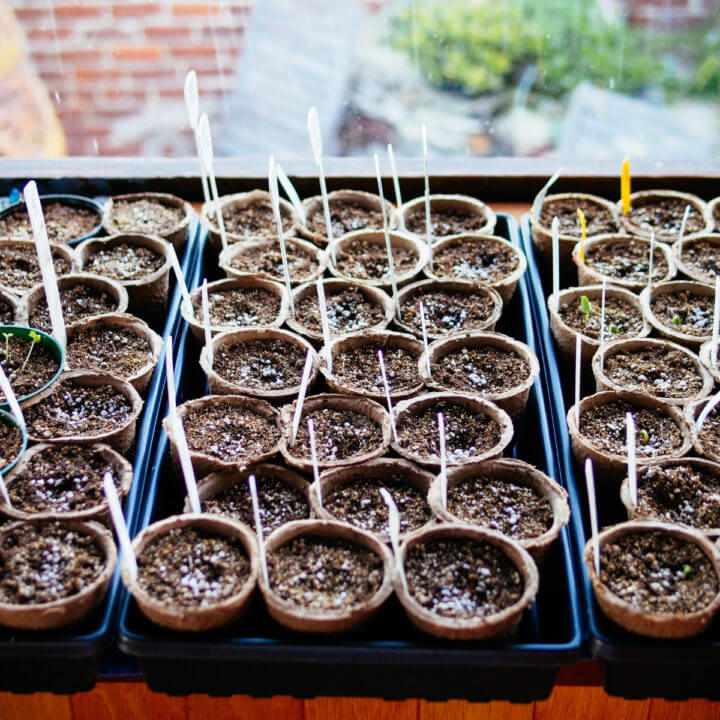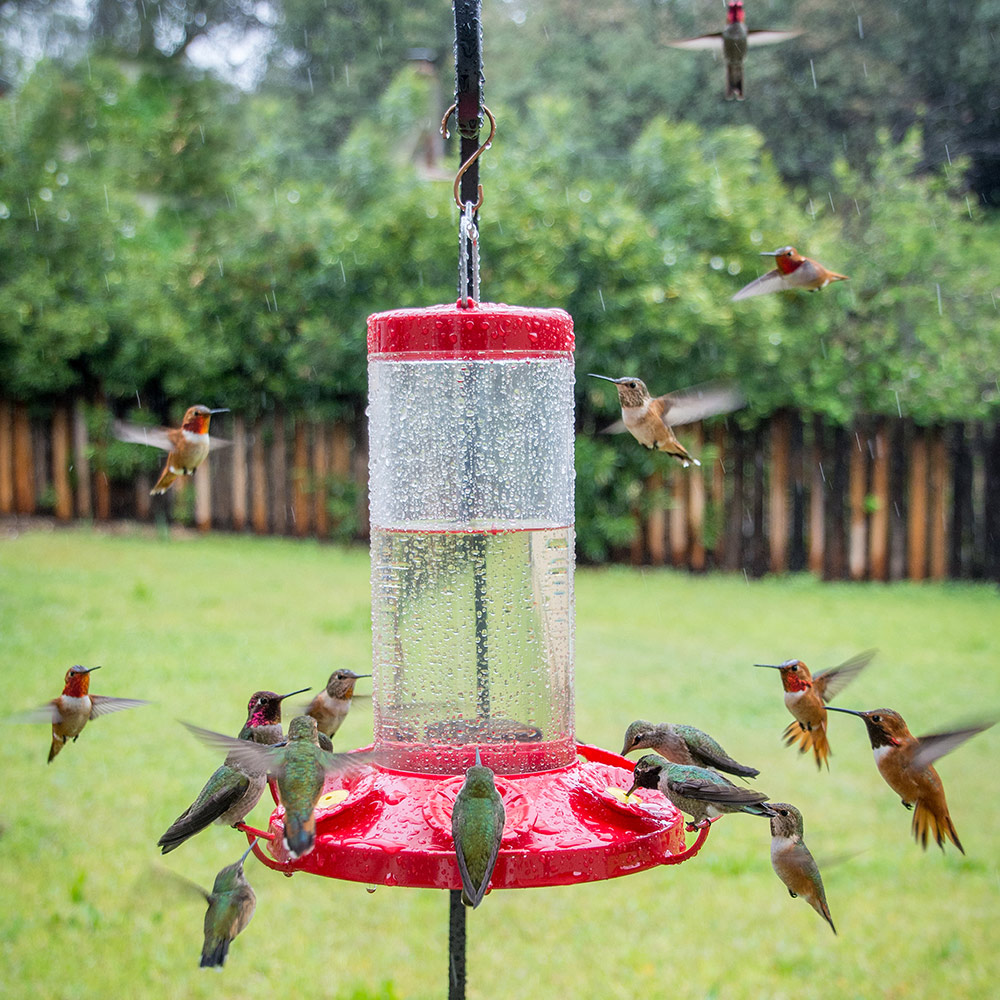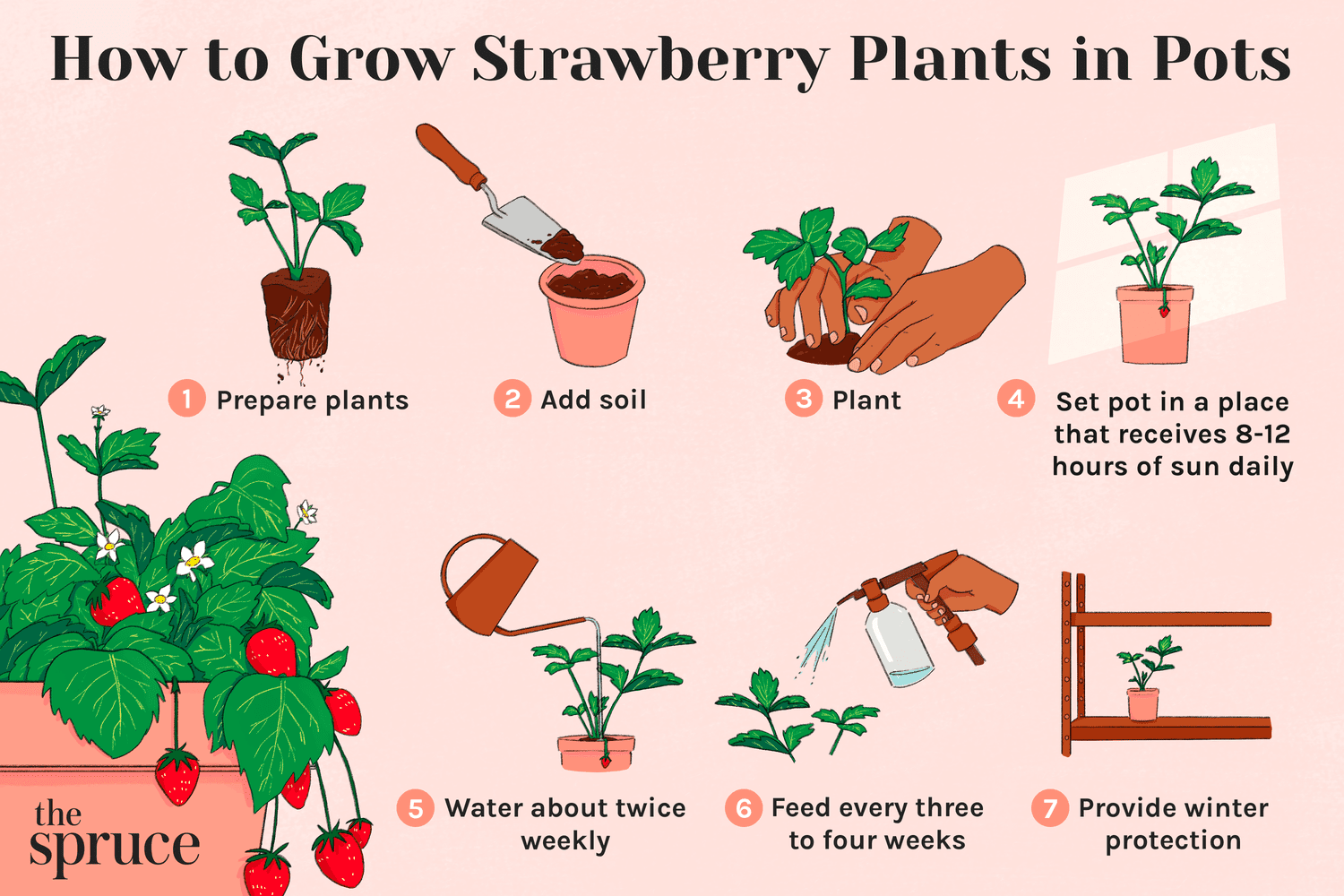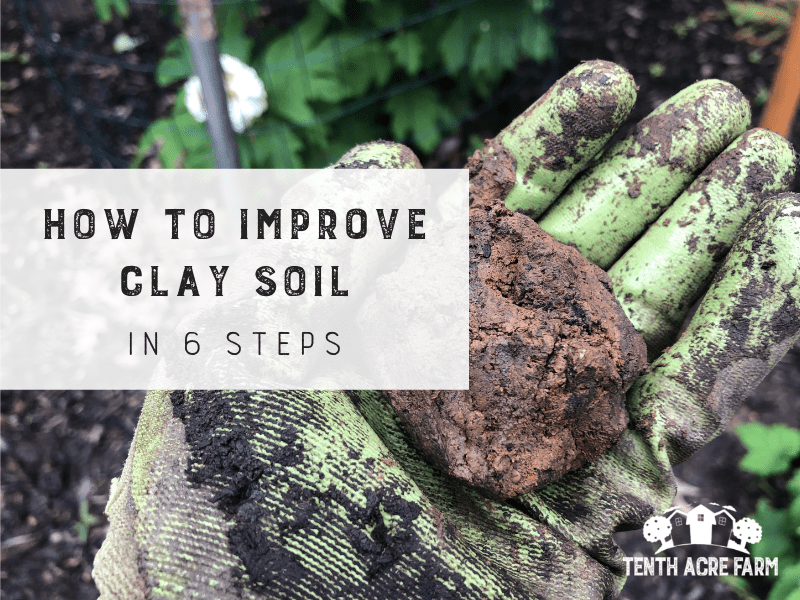Best Way to Start Seeds Indoors
Starting seeds indoors is a great way to get a head start on your garden and ensure a successful growing season. Whether you’re a seasoned gardener or just starting out, there are a few key tips to keep in mind to make sure your seeds germinate and thrive.
Choose the Right Containers
When starting seeds indoors, it’s important to choose the right containers. Seed trays or flats with individual cells are ideal for keeping your seeds organized and making it easy to transplant them later. Make sure your containers have drainage holes to prevent waterlogging, and consider using biodegradable pots that can be planted directly into the soil.
Use High-Quality Seed Starting Mix
Using a high-quality seed starting mix is crucial for successful germination. Look for a mix that is lightweight, well-draining, and sterile to prevent diseases. Avoid using regular garden soil, as it can be too heavy and may contain weed seeds or pathogens that can harm your young plants.
Provide Adequate Light
Light is essential for seed germination and growth. Place your seed trays in a sunny south-facing window or under grow lights to ensure they get enough light. If you’re using grow lights, keep them on for 12-16 hours a day and adjust the height as your seedlings grow to prevent them from becoming leggy.
Keep the Soil Moist
Keeping the soil moist but not waterlogged is key for healthy seedlings. Water your seeds gently using a spray bottle or watering can with a fine rose attachment to avoid disturbing the seeds. Check the soil moisture regularly and water when the top layer feels dry, but be careful not to overwater, as this can lead to damping off disease.
Provide Adequate Ventilation
Good air circulation is important to prevent fungal diseases and promote strong, healthy seedlings. Open a window or use a small fan to provide ventilation, especially if you notice condensation forming on the seed tray covers. Avoid overcrowding your seedlings, as this can also inhibit air circulation.
Keep the Temperature Consistent
Most seeds require a consistent temperature for germination and growth. Aim to keep your seed trays in a warm, draft-free area with temperatures between 65-75°F. You can use a seedling heat mat to provide consistent bottom heat, especially for seeds that require higher germination temperatures.
Transplant Carefully
When your seedlings have developed their first set of true leaves, they are ready to be transplanted into larger pots or directly into the garden. Carefully remove the seedlings from their containers, being gentle with the roots, and plant them at the same depth as they were in the seed tray. Water them well after transplanting to help them settle in.
Monitor for Pests and Diseases
Keep a close eye on your seedlings for any signs of pests or diseases. Aphids, fungus gnats, and damping off are common issues that can affect seedlings. If you notice any problems, treat them promptly with organic solutions like neem oil or insecticidal soap to prevent further damage.
Patience is Key
Starting seeds indoors can be a rewarding but sometimes challenging process. Remember to be patient and give your seeds the time and care they need to grow into healthy plants. With the right conditions and a little TLC, you’ll soon be enjoying a bountiful garden filled with your own homegrown produce.



